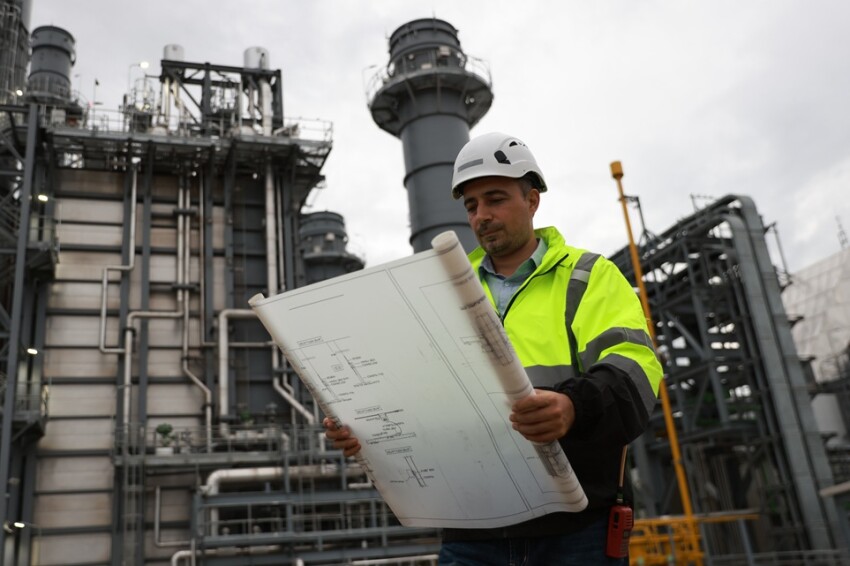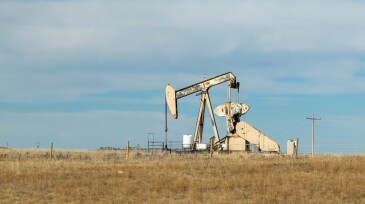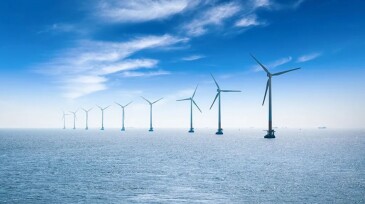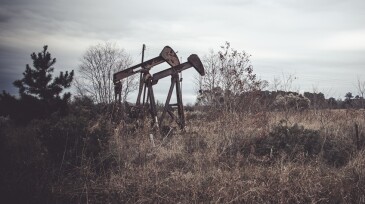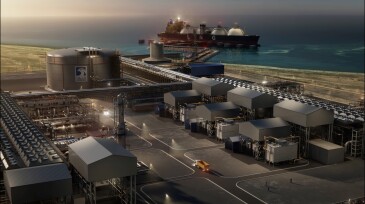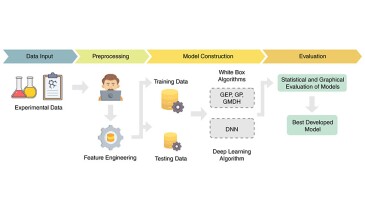HSE & Sustainability
The publication highlights the role of carbon capture and storage (CCS) in the energy transition and how the oil and gas industry can support the uptake of CCS technologies and presents case studies from Ipieca members.
A resilience-based approach to safety was the focus of a panel of experts at the 2025 SPE Annual Technical Conference and Exhibition in Houston.
APOGCE 2025 set the stage for strategic dialogues on how Asia Pacific’s upstream industry can innovate, invest, and collaborate to meet growing energy demand while advancing net-zero goals.
-
The analysis found that the decline in Permian Basin methane emissions equaled the annual carbon emissions avoided by every electric vehicle in the US.
-
The funding, aimed to help small operators, builds on nearly 100 cross-government actions designed to sharply reduce methane pollution.
-
The Interior Department has now approved more than 19 GW of offshore wind energy.
-
The money from the Investing in America agenda will be used for plugging, remediating, and reclaiming orphaned oil and gas wells in national parks, national forests, and national wildlife refuges.
-
“Riskwashing” refers to a situation where an organization engages in superficial or insincere actions to create the appearance of addressing a particular risk or issue without actually taking substantive action to address the underlying problem. This paper presents methods to identify and minimize riskwashing as an organizational response to incidents.
-
Ruwais is slated to be the first net-zero LNG facility in the Middle East and North Africa.
-
The modular facility will process associated gas to produce electricity for up to 200,000 households in the Basra region.
-
As Southeast Asia’s third-largest gas producer, PTTEP is investing in its energy security by prioritizing gas production and building up a global LNG supply chain.
-
The decision invokes a 1953 law that will make it difficult for incoming US President Donald Trump to reverse.
-
The objective of this study is to develop an explainable data-driven method using five different methods to create a model using a multidimensional data set with more than 700 rows of data for predicting minimum miscibility pressure.

